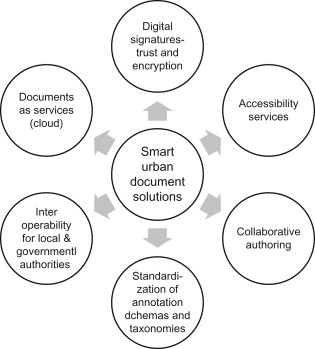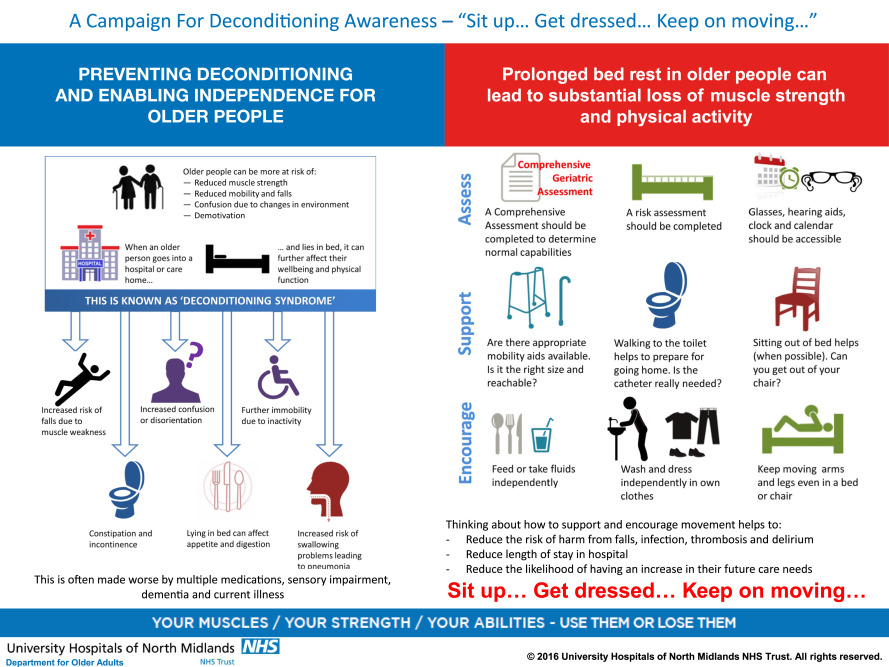Emerging and Reemerging Viral Pathogens, Volume 1: Fundamental and Basic Virology Aspects of Human, Animal and Plant Pathogens, 2020, Pages 53-68
Innovation in Health Informatics: A Smart Healthcare Primer, Next Gen Tech Driven Personalized Med&Smart Healthcare, 2020, Pages 3-38
Encyclopedia of Environmental Health (Second Edition), 2019, Pages 653-660
Design and Operation of Solid Oxide Fuel Cells: The Systems Engineering Vision for Industrial Application, Volume , 1 January 2019
Sustainable Food Supply Chains: Planning, Design, and Control through Interdisciplinary Methodologies, 2019, Pages 249-260
Separation Science and Technology, Volume 11, 2019, Pages 1-12
Processing and Sustainability of Beverages, Volume 2: The Science of Beverages, 2019, Pages 1-36
Foundations for Sustainability, A Coherent Framework of Life-Environment Relations, 2019, Pages 1-25


